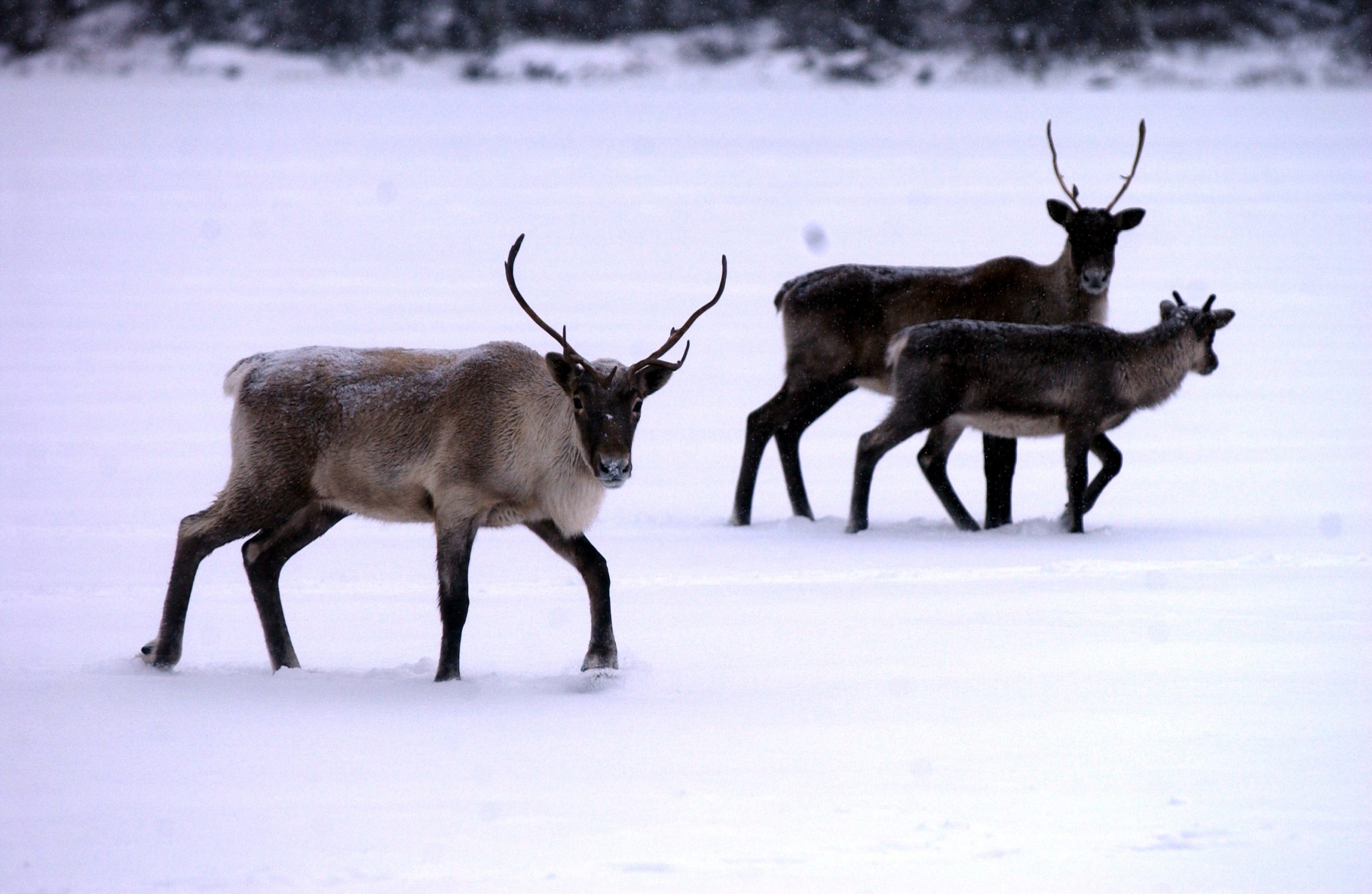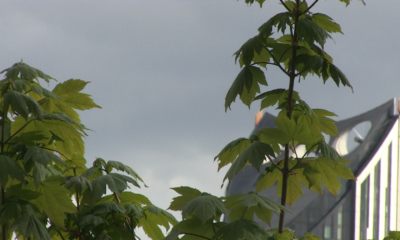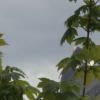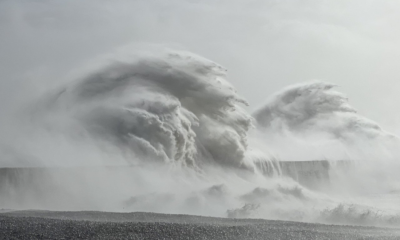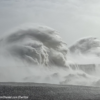Drastic drop in Arctic wildlife linked to climate crisis
The drastic drop in Arctic wildlife populations has marked the climate crisis to be behind it. According to a new report from the Arctic Council, the caribou and shorebird populations are among the species at risk and reflects the dire changes unfolding on the Arctic tundra.

Photo: Arctic temperature drop. Credit: Flickr.
On Thursday at the council’s ministerial meeting in Reykjavik, Iceland the report was released and is currently the first to assess the status and trends for Arctic species living on land, following Caff’s 2017 assessment of marine biodiversity.
The Arctic is currently said to be warming at twice the rate of the rest of the world, leading to “extreme weather events, southerly species moving northward, and the emergence and spread of pathogens among native species.”
As claimed by the State of the Arctic Terrestrial Biodiversity report, published by the council’s Conservation of Arctic Flora and Fauna (Caff) working group, “the terrestrial Arctic spans approximately 2.7m sq miles (7m sq km), marked by extreme cold, drought, strong winds and seasonal darkness. Species living in this environment have adapted to thrive in harsh conditions. But the climate crisis has upended such survival strategies.”
The report added: “Climate change is the overwhelming driver of change in terrestrial Arctic ecosystems, causing diverse, unpredictable and significant impacts that are expected to intensify”.
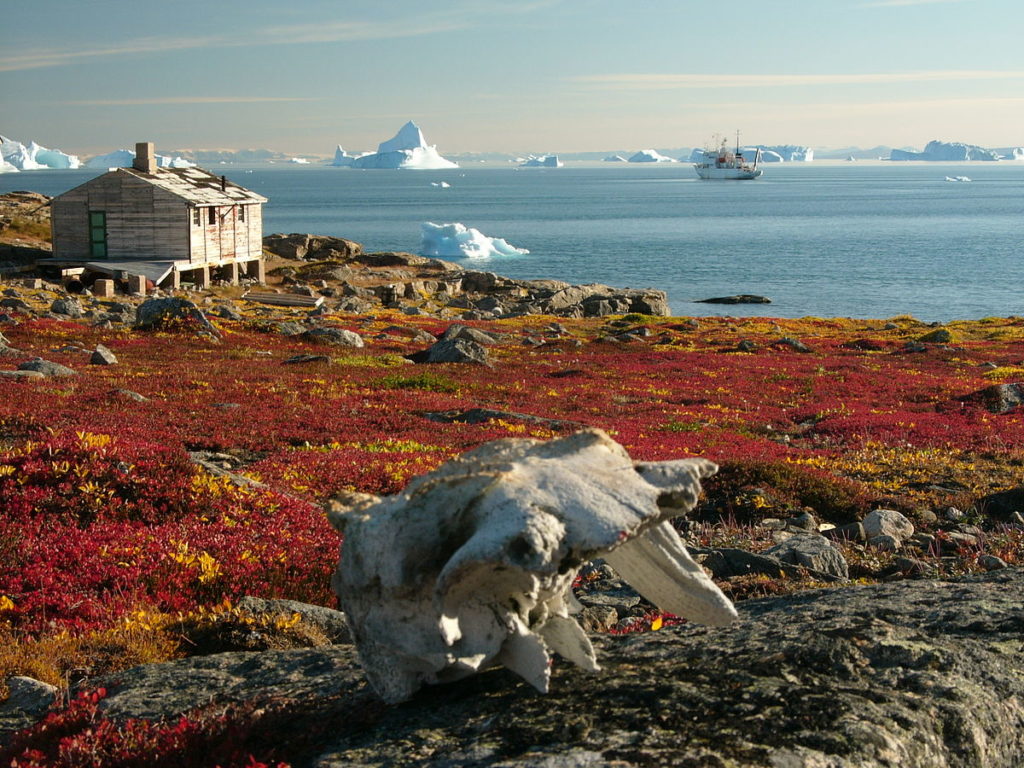
Photo: Arctic climate changes. Credit: Flickr.
The report also highlighted decades of circumpolar biodiversity monitoring to give an overview of the changes occurring in the region, suggesting that the Arctic is “becoming greener and shrubs are gaining ground, slowly replacing mosses and lichens on the tundra”, with scientists finding that “important pollinating flies declined by 80% between 1996 and 2014, hinting at a climate-induced mismatch between the timing of plant flowering and pollinator flight activity.”
Because of this drastic change, it’s said that with the “88 species of shorebirds, or waders, examined, 20% experienced declines in all populations, while well over half had at least one population in decline”. As well as the Caribou population dropping, due to “diminished food availability, rain-on-snow events and harassing insects, which prevent the ungulates from foraging and gaining enough weight to survive the winter.”
An article from The Guardian mentioned how “as climatic zones and species shift northward, the terrestrial Arctic ecosystem will shrink”, where it will ultimately be declining various wildlife populations.
Niels Martin Schmidt, a senior researcher at Aarhus University and contributor to the report mentioned how “Extreme events – weather, wildfires and insect outbreaks – will leave their mark for multiple years in a system like the Arctic,” and how “We need to understand how species are interacting to fully understand the consequences of climate change on biodiversity loss.”
Amid this recent report, all is being done to help stop these numbers from reducing but with climate change growing dramatically every day there are fears that, unless something is done to combat it soon, it will be too late.
By Paris Tundervary


